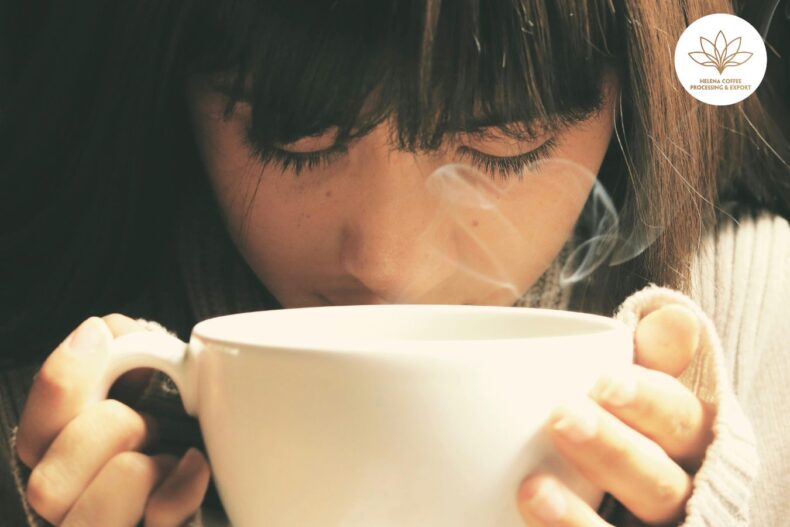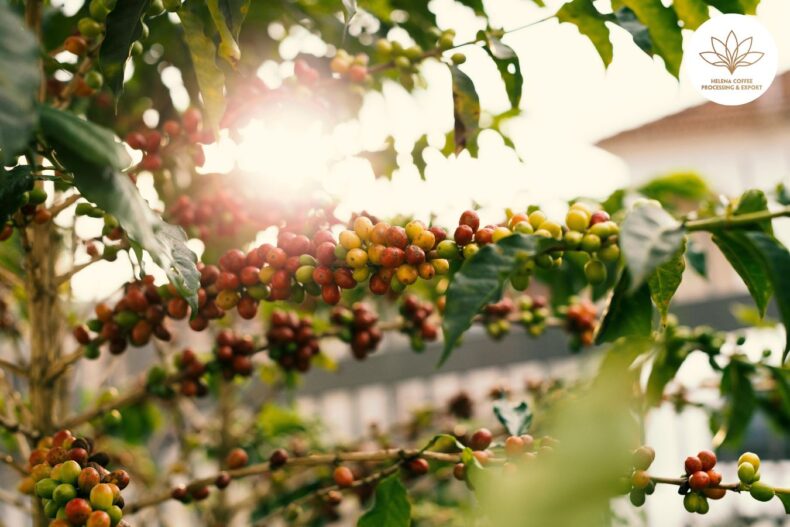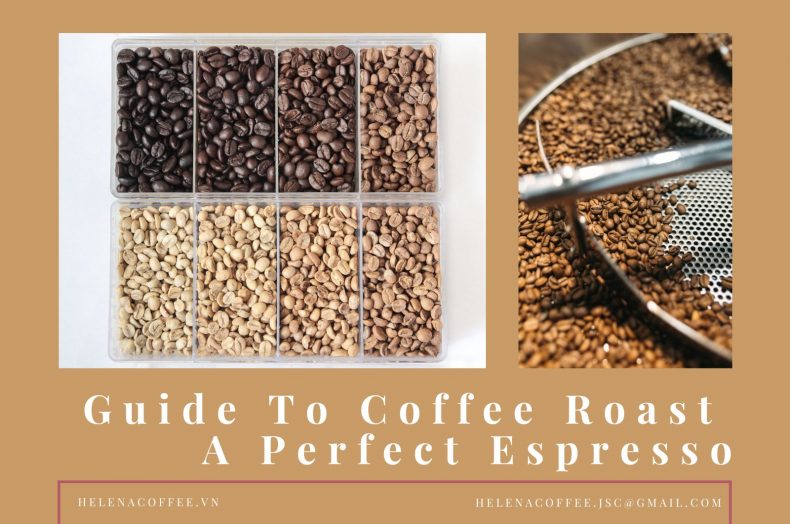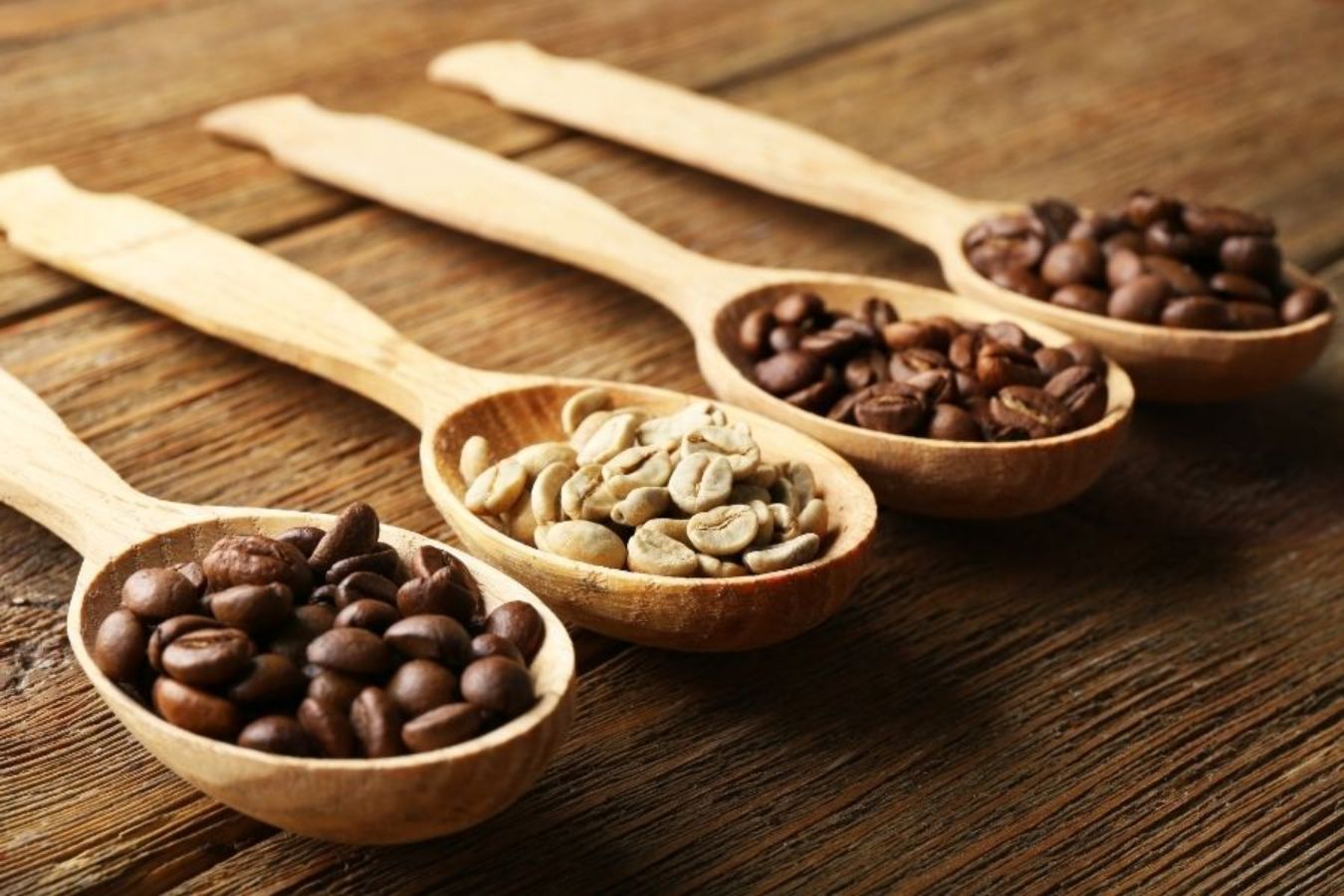
Darker roasts don’t have as much caffeine as lighter roasts – they have about the same amount of caffeine.
Does dark roast coffee have more caffeine?
The answer is TRUE and FALSE, although the majority of the time, it is FALSE.
Yes, because speciality coffees measure the amount of coffee powder used for brewing in weight units flavor, and a dark roast’s density can be substantially lower than a light roast’s.
That means a dark roast will yield more beans per gram of coffee than a light roast. As a result, the caffeine content of a batch of dark roasted coffee will be higher (even a little bit, but still more).
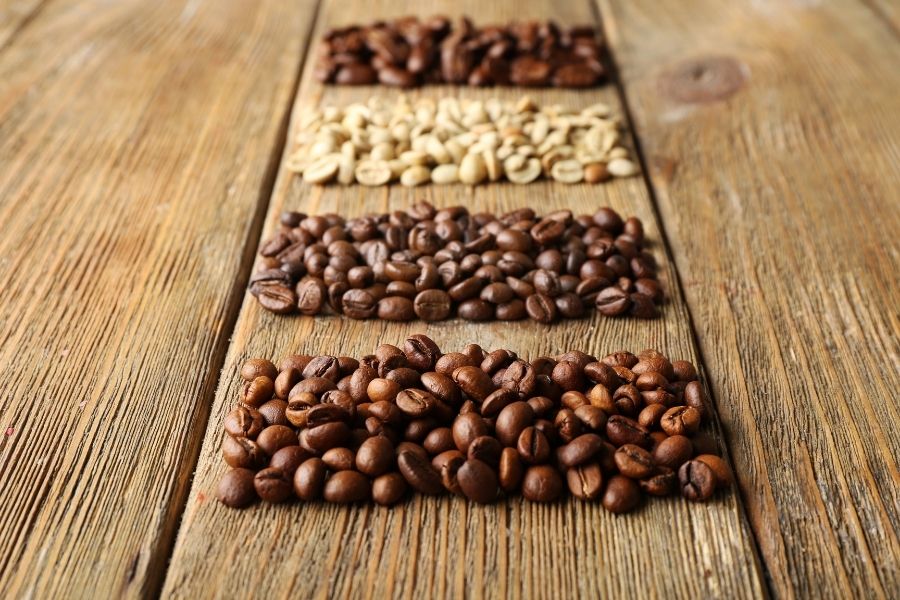
Simultaneously, the beans swell and become more spongy as the coffee is roasted darker. This enlarges the grooves in the coffee beans, allowing more caffeine in the coffee powder to be accessed by the water during the brewing process. As a result, dark roasts have batch might contain more caffeine.
FALSE – because heat only breaks down a little amount of bean caffeine content while roasting coffee. Although the amount of caffeine in lightly roasted coffee is relatively modest, it does indicate that it will hold more caffeine than dark roasted coffee.
Light roast coffee
Light roast bean
And, most importantly, FALSE – The variation in caffeine content noted above is minuscule. The difference between a dark roast coffee and a light roasted coffee is only one or two beans per 100 grams of coffee when we weigh it. To do a cup of coffee, we usually use 20g or less of coffee (craft brew or espresso-based drinks); thus, the difference noted above is minor.
Consider the coffee extraction process herbal menu expand, which removes the caffeine and a variety of other flavored tea expand components and is influenced by various brewing variables such as water temperature, stirring, grinding time, and size.
These brewing variables have an equal or even higher impact on the number of compounds extracted from coffee beans than the degree of roasting.
Finally, comparing the quantity of caffeine lost during roasting between roast light roasts and dark roasts isn’t particularly useful. Because other elements such as moisture and acidity will rapidly decrease while roasting from light roast to dark roast bean, the amount of caffeine will increase slightly as a proportion of the beans’ composition home.
To summarize, the notion that dark roast beans contain more caffeine than light roast beans is untrue recipe best. One of the most common misconceptions about caffeine is that it is the main, if not the only, element that causes the bitter taste in coffee.
Many people assume that because darker roasts have more bitterness than light roast coffee, they must also have more caffeine. This is an inaccurate notion because over 20 chemicals in coffee contribute to its bitter taste, and caffeine is only one of them!
Very little caffeine, if any, is lost during roasting
One of the misconceptions about coffee is that dark roasts have more caffeine than lighter roasts. Another common mistake is that darker roasts have less caffeine than lighter roasts… So, which is true?
The truth is, while some caffeine is lost during roasting, the loss is negligible. When a light roast and a dark roast are brewed, any difference in caffeine levels resulting from roasting will not be perceived. Both types of roasted coffee will have enough caffeine to affect your brain.
The thought that darker roasted coffee has more caffeine is due to caffeine’s association with taste.
The first mistake, that darker roasted coffee has more caffeine, mostly comes from people who mistakenly associate caffeine levels with taste. The bold flavours of dark roasted coffee are more robust and, therefore, contain more caffeine. However, caffeine is not responsible for intense flavours. They come from the roasting process.
Thinking that lighter roasted coffee has more caffeine by relating caffeine to coffee bean size
The second mistake, that lighter roasts have more caffeine, is how many people and cafes prepare the coffee. During the roasting process, the coffee beans expand. The longer it is dried, the larger the beans become. So, darker roasted beans tend to be larger than lighter roasts.
As long as the coffee is prepared using a scale to weigh the coffee powder, the difference in size between light and dark roasted beans will not affect the final brewing process. However, as people and cafes take the beans for roasting, the size difference affects brewed coffee.
Since dark beans are generally larger than light beans, when beans are measured by volume rather than weight, batches of dark beans won’t produce as much flour. Therefore, the final cup of coffee will not have as much caffeine.
The difference in caffeine content between a light roast and a dark roast comes not from the amount of caffeine in the beans but the amount of coffee used in the brewing process.
Robusta coffee has more caffeine than Arabica, but they don’t taste good
There is a significant difference in the amount of caffeine between the two main varieties of coffee: Coffea arabica and Coffea robusta. Arabica, the only variety we have, is sweeter and offers more flavour nuances – and 50% less caffeine than robusta.
In contrast, robusta has more caffeine and is more bitter. Robusta’s bitterness doesn’t come much from its higher caffeine levels. They result from the poorer quality of the coffee variety, which is more suitable for gas stations than coffee shops. No premium coffee supplier uses robusta beans.
On a part-drink basis, cold brew coffee has the highest amount of caffeine, followed by drip coffee and then espresso.
Reference source:
- www.perfectdailygrind.com/ Views From The Industry: Dark Roast
- www.coffeecrossroads.com /Coffee Roasts from Light to Dark
